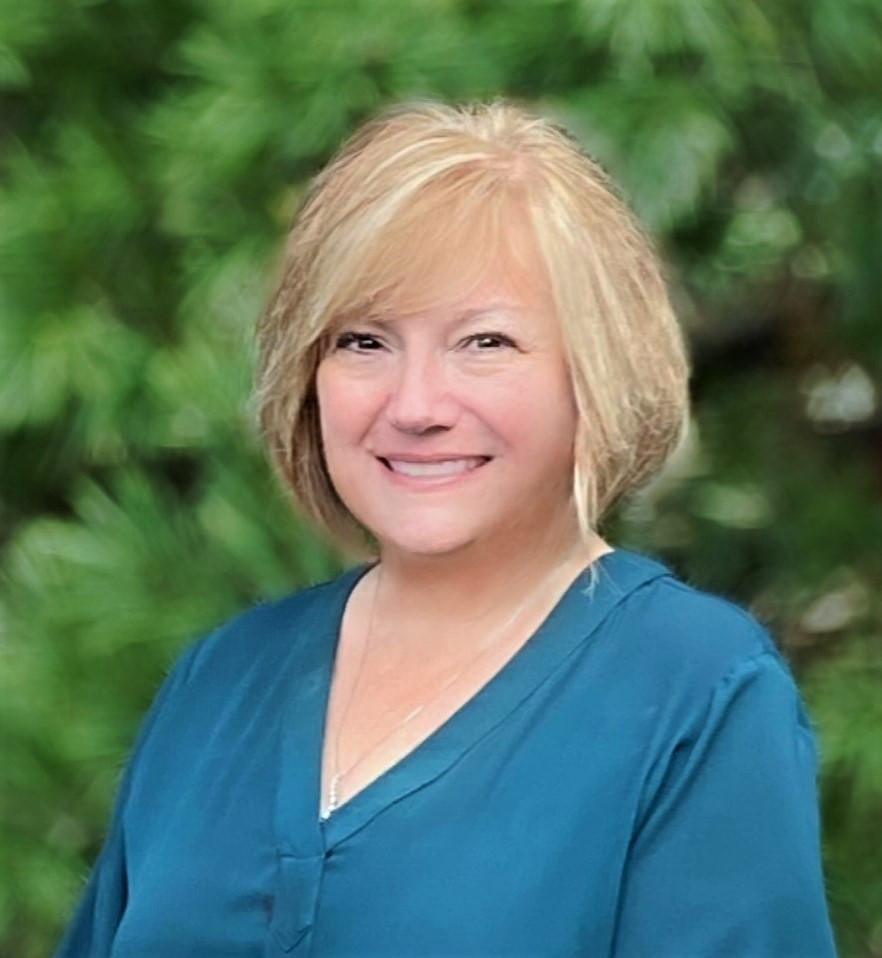Details of the SECURE 2.0 Act: Provisions Related to Required Minimum Distributions
On December 29, 2022, the SECURE 2.0 Act was included as part of a larger omnibus spending package, the Consolidated Appropriations Act, 2023. The legislation contains 92 provisions which are retirement plan related. Plan amendments made pursuant to SECURE 2.0 are to be made by the end of 2025 (2027 in the case of governmental plans) as long as the plan operates in accordance with such amendments as of the effective date of a bill requirement or amendment. It also extended SECURE 1.0 and CARES amendment deadlines to December 31, 2025.
Section 107 of the SECURE 2.0 Act increases the age for required minimum distributions (RMDs) from 72 to 73 and eventually up to 75.
Under the old provision, RMDs from traditional IRAs and qualified plans, including, 401(k), 403(b), and 457(b) plans, are due no later than April 1 of the:
- calendar year following the later of the calendar year in which the employee attains age 72,
- or the year in which the employee retires.
Also, the language in the code regarding the timing of distributions for an employee who dies before his entire interest is distributed is amended so that if the designated beneficiary is a spouse, the spouse will be required to start distributions no earlier than the date on which the employee would have attained age 72 (instead of age 70½).
Section 107 of the SECURE 2.0 Act increases the age for required minimum distributions (RMDs) to age 73 beginning in 2023, and increases up to a maximum of age 75 beginning in 2033 as follows:
| Plan Year | Age |
| 2020 | 72 |
| 2023 | 73 |
| 2033 | 75 |
| Date of Birth | Required Beginning Date |
| Before July 1, 1949 | Based on 70 1/2 |
| 07/01/1949 - 12/31/1950 | Based on 72 |
| 01/01/1951 - 12/31/1959 | Based on 73 |
| After 01/01/1960 | Based on 75 |
EFFECTIVE DATE: This section of the act is effective for distributions required to be made after December 31, 2023. The exemption for non-owners that are still working has not changed.
Section 201 of the SECURE 2.0 Act allows RMDs to be satisfied with annuities.
Under the old provision, rolling money into an annuity did not satisfy the RMD requirements. RMDs were still required.
Section 201 of the SECURE 2.0 Act allows individuals to satisfy the required minimum distribution (RMD) requirements by purchasing a fixed annuity with certain features, such as, increasing no more than 5% per year or providing for a death benefit equal to the amounts paid for the annuity minus prior payments.
EFFECTIVE DATE: This section of the act is effective for distributions required to be made after December 31, 2022.
Section 202 of the SECURE 2.0 Act promotes the use of qualified longevity annuity contracts (QLACs).
Under the old provision, the use of qualified longevity annuity contracts (QLACs) could help reduce RMDs by allowing investments up to $130,000 (2022 amount) or 25% of a retirement account — whichever is less — and shield those funds from RMDs.
Section 202 of the SECURE 2.0 Act removes the 25% limit and increases the dollar amount up to $200,000 (adjusted for inflation each year).
EFFECTIVE DATE: This section of the act is effective for distributions required to be made after December 31, 2022.
Section 302 of the SECURE 2.0 Act reduces the penalty for missing a RMD.
Under the old provision, failing to take a RMD or not taking a big enough RMD required a 50% tax penalty on the distribution/shortfall if not corrected in a timely manner.
Section 302 of the SECURE 2.0 Act reduces the penalty for missing a RMD from a 50% tax penalty to a 25% tax penalty. Additionally, if the RMD is corrected in a timely fashion, the penalty would be reduced down to 10%. While this provision looks beneficial with a lower 10% penalty, people might intentionally miss RMDs more often and it’s possible that with increased IRS funding and scrutiny on reviews, the IRS will enforce more penalties.
EFFECTIVE DATE: This section of the act is effective for distributions required to be made after December 31, 2023.
Section 325 of the SECURE 2.0 Act removes pre-death RMDs from Roth 401(k) and 403(b) accounts.
Under the old provision, Roth IRAs are not subject to RMDs while the owner is alive. However, Roth 401(k) and 403(b) accounts are subject to RMDs pre-death. Currently, Roth accounts can be rolled into Roth IRAs which would not be subject to RMDs.
Section 325 of the SECURE 2.0 Act removes pre-death RMDs from Roth accounts, like Roth 401(k) and Roth 403(b) accounts. Moving forward, those accounts won’t be subject to the RMD rules before the account holder dies. Both Roth IRAs and Roth accounts are still subject to post-death RMD rules.
EFFECTIVE DATE: This section of the act is effective for distributions required to be made in 2024.
Section 327 of the SECURE 2.0 Act changed the surviving spouse options.
Under the old provision, a surviving spouse was able to take a distribution and roll it into an IRA in their name. The RMD is then based on the spouse’s age.
Section 327 of the SECURE 2.0 Act allows a surviving spouse to elect to be treated as the deceased employee for purposes of RMDs within the employer's plan.
EFFECTIVE DATE: This section of the act is effective for distributions required to be made after December 31, 2024.
These sections of the SECURE 2.0 Act are intended to recognize that as life expectancy has increased, people are working longer and should be allowed to continue to be able to make IRA contributions and put off RMDs a little longer. We are waiting on additional guidance and clarification to implement all new provisions.



